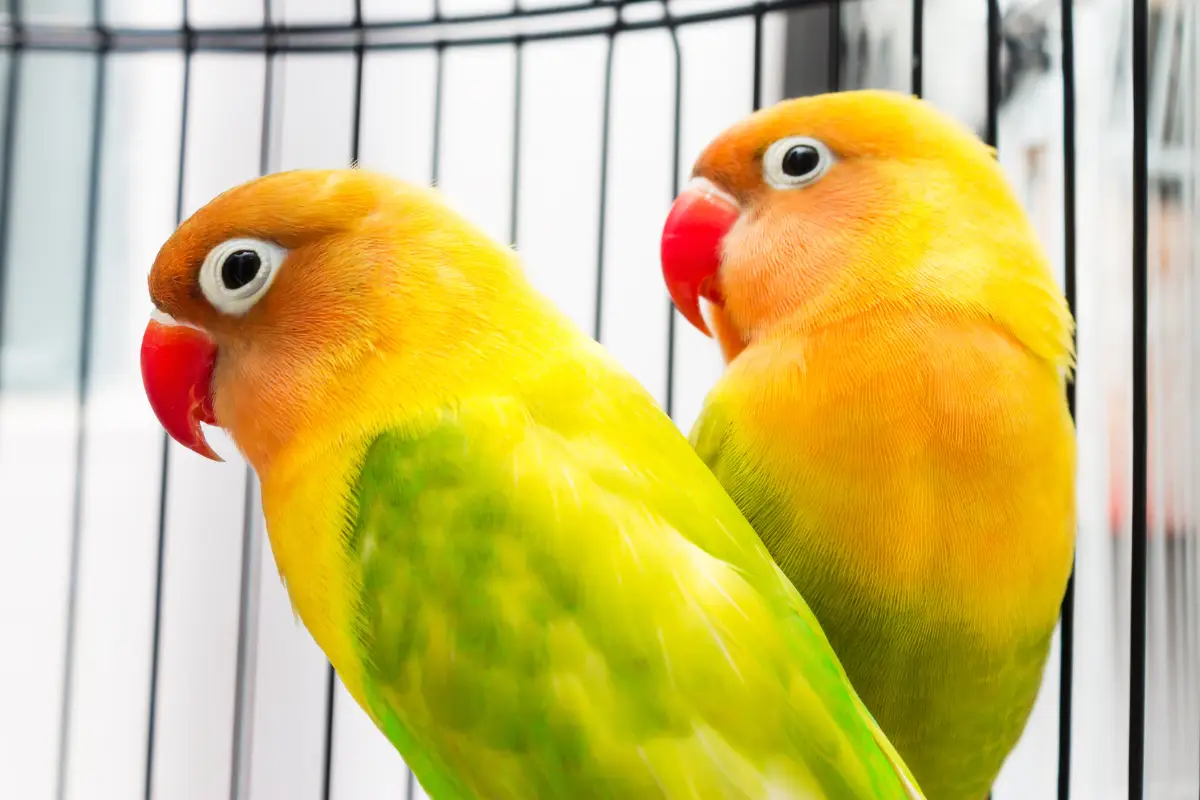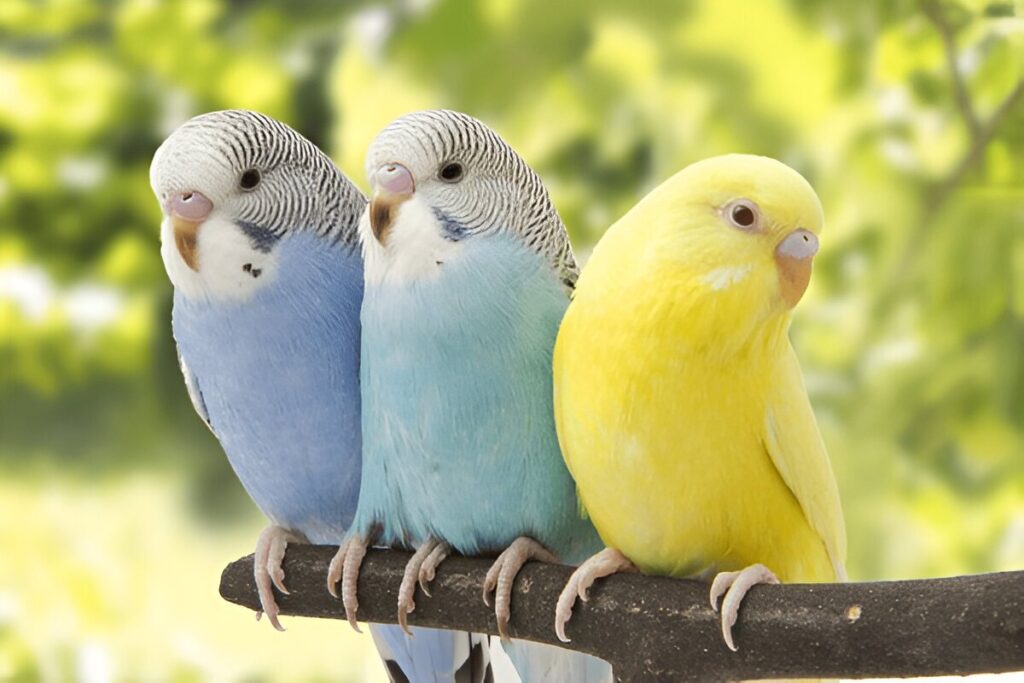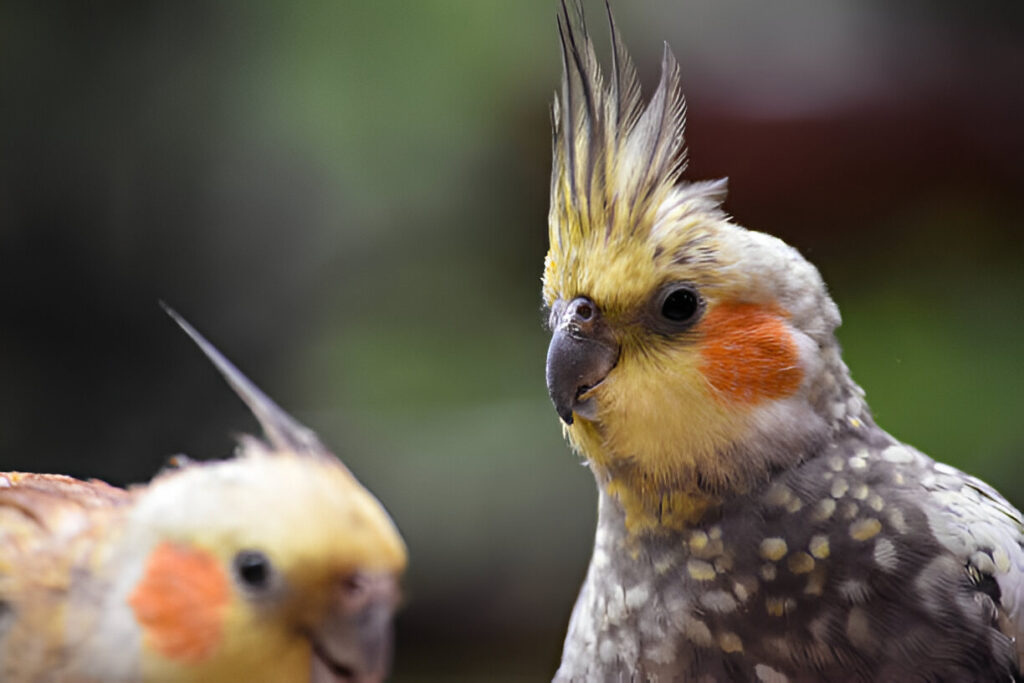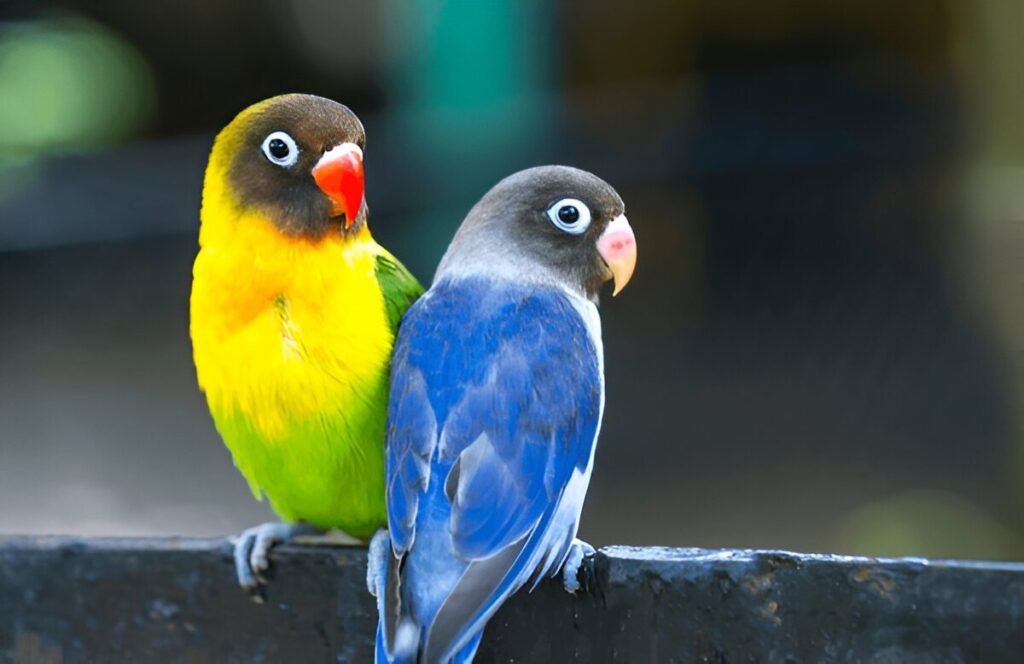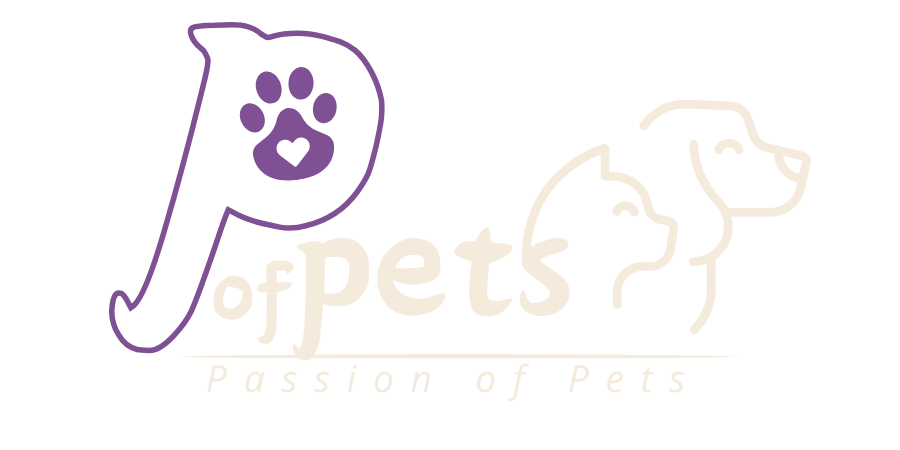8 Unique Bird Breeds Every Bird Lover Should Discover
Pet birds are exotic creatures and come in multiple breeds that differ in their needs, characteristics and temperaments. If you are an experienced pet bird owner, or if this is your first time getting one, it is important to understand the breeds and get your ideal match. Here’s a look at some of the most popular pet bird breeds and what makes them special.
Budgerigar (Budgie)
The first parrot we would be talking about is the budgerigar, also popularly known as budgies. These vivacious little birds are natives of Australia, and have since been bred to be one of the most popular pet birds in the world due to their large personalities and ease of care. One of the most distinctive features of budgerigars is their exceptional vocal ability, as they can accurately mimic speech and sounds which include sounds made by humans.
These animals are often surprising their owners when it comes to learning the words and phrases. So this ability makes them interesting company and also fun pets. So, giving fried rubber sheets having layered designs or rubber sheets covered having 3D designs could be the best enjoyment option for these birds. Stimulation and enrichment can be accomplished by providing interactive toys, puzzles, and regular social interaction to avoid boredom and stress. Such efforts also contribute to improving their cognitive status and utilise their vocal skills.
Budgie HousesThey need a large cage so that they can spread their wings & get up to fly a short distance. Your cage needs to be set up with varying levels of perches, and different toys to stimulate them. Also, a stable temp and natural sunlight, or full-spectrum lighting to access can promote their overall health.
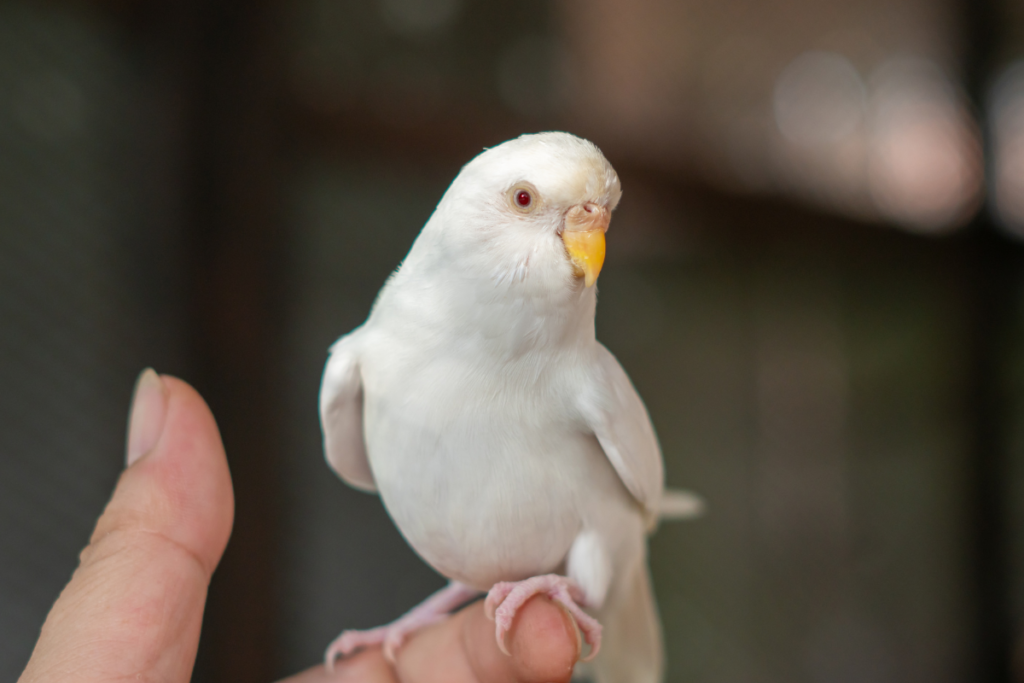
Size: 6-8 inches
Lifespan: 5-10 years
Colours: Mostly Green, Blue, Yellow, and White
Personality: Playful, social, and clever
Care Requirements:
Diet: Mixture of seeds, fresh fruits and vegetables.
Housing: Large cage fully furnished with toys and perches.
Exercise: Daily routine of flying and being let out of the cage for exploration.
Cockatiel
Cockatiel comes last and second from the bottom of the pet Avian list. These little Australian parrots are recognised by their white and orange colours, their crest structure, and their unique whistle. They are sweet, they love their people. Some common health problems with Cockatiels are respiratory infections, feather plucking, and obesity.
So, to avoid such problems you need to keep track of their diet and environment. One of the more important things that you need to do is to take your cockatiel to see an avian vet as often as need be, so that your cockatiel can live happily and healthily. Cockatiels are really smart and benefit from a range of toys, perches and enrichment. Change up the toys they play with every week or two to keep them interested and continue expanding their exploration skills. In addition some supervised outside cage time can be great exercise and interaction.
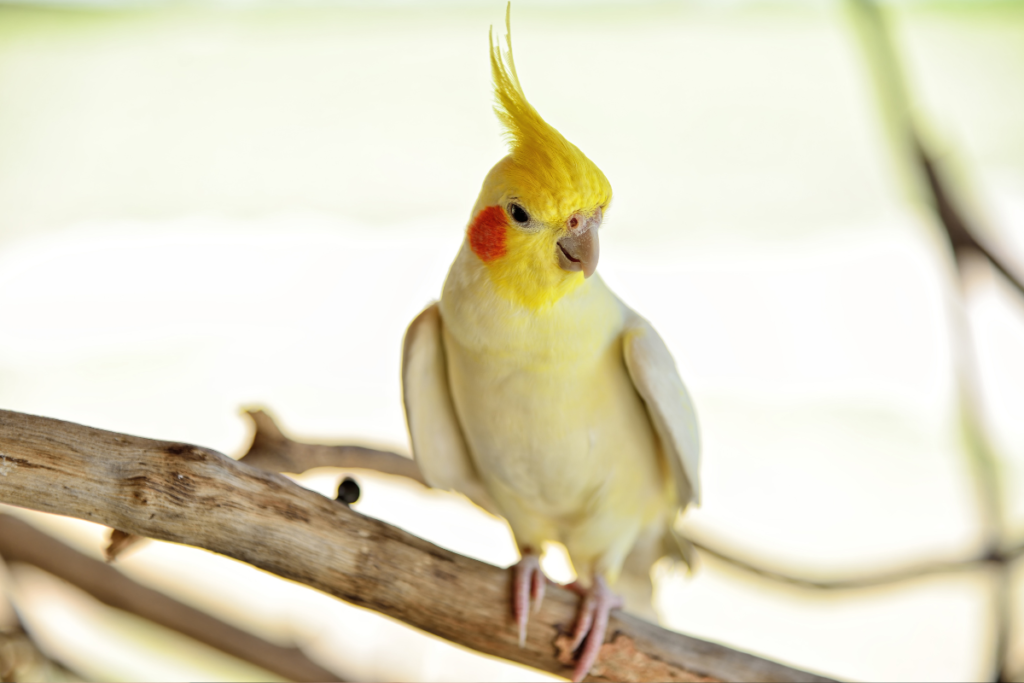
Characteristics:
Size: 12 to 13 inches.
Lifespan: 15 to 20 years.
Colours: Possible & various in shades – Dark grey, white, yellow, and cinnamon.
Personality: True love and cuddles, more curious than cats and hate being alone.
Care Requirements:
Diet: Specially formulated food pellets mixed with vegetables and fruit.
Housing: More spacious cages with adequate climbing grips.
Exercise: Assist aging and sedentary parrots by allowing them out of the cage for flying and active contact every day.
African Grey Parrot
Because of this parrots have become popular with ticking speed increasing and the level of intelligence being moderate in the African grey parrot family. These Avian are predominantly located in the forests of western and central Africa.
These birds are most at home in lush rainforest where the dense coverage and tall trees offers abundant nesting and foraging opportunities. They can find an abundant diet of vegetation, fruit, seeds, and nuts here. These forests also offer shelter from predators and severe weather. Due to habitat destruction, illegal wildlife trade, and other factors, conservation has become vital to save these clever birds.
As a cause for concern in endangered species, various organizations are trying to create protected areas or improve lost ones for the preservation of the African Grey Parrots in their natural habitat. In addition, awareness campaigns and stricter enforcement of wildlife protection laws to curb poaching and illegal trade are also being introduced.
Active education helps conserve African Grey Parrots and their habitats. And if local people and the non-specialist public are educated about the ecological importance of these birds, they are also more likely to actually support conservation action. In addition to this, education projects can galvanize people to adopt sustainable behaviours and refrain from becoming involved in the illegal wildlife trade.
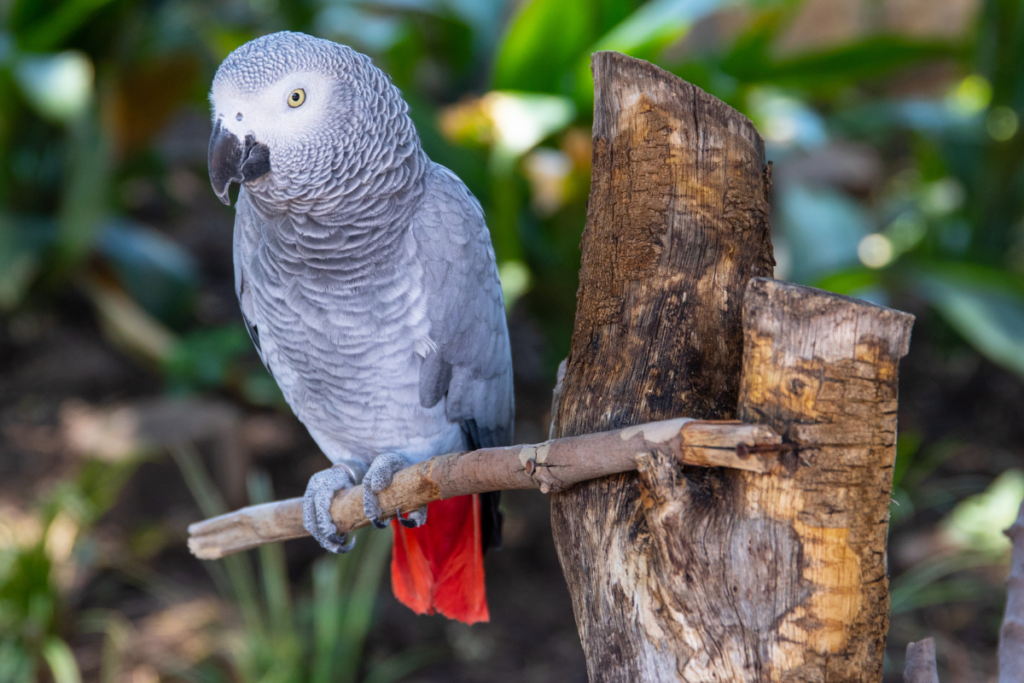
Characteristics:
Size: 12-14 inches.
Lifespan: 40 to 60 years.
Colours: The feathers are mostly grey with a tinge of red on the mask.
Personality: These parrots are clever and sensitive and very sociable; some African Greys talk as if they are human beings, therefore they are good companions.
Care Requirements:
Diet: Include a variety of meals including pellets, fresh fruits, and vegetables, as well as the occasional serving of peanuts and seeds.
Housing: Provide them with enough space within the cages and toys to keep their mind engaged.
Exercise: Include time to play around the house while being out of the cage and engaging in other play sessions which are ideal for training.
Due to their intelligence and emotions, these parrots require special care and are best suited for Fowl enthusiasts.
Lovebird
Lovebirds are small-sized colourful parrots which have a positive disposition too as they are always in pairs, and are referred to as ‘lovers’ to other birds. These birds whose origins stem from Madagascar and Africa are very talkative and social and like close informal affiliation with their owners.
At home, lovebirds are happiest when they have a partner—be it another Fowl or us! They’re very social and love to play around and bond with each other. In the absence of sufficient social play, they can become lonesome, and develop behavioral problems! Lovebirds can also be given companionship by either bringing home a second lovebird to keep the first one company, or commit time everyday to occupy time with the lovebird.
Talking to the Avian, playing games with them, and even teaching them tricks will help build the relationship between the Avian and humans who will be taking care of them. Providing your dog with toy and other enrichment activities will also help a lot as these will help them gain mental exercise and can also prevent them from becoming lonely.
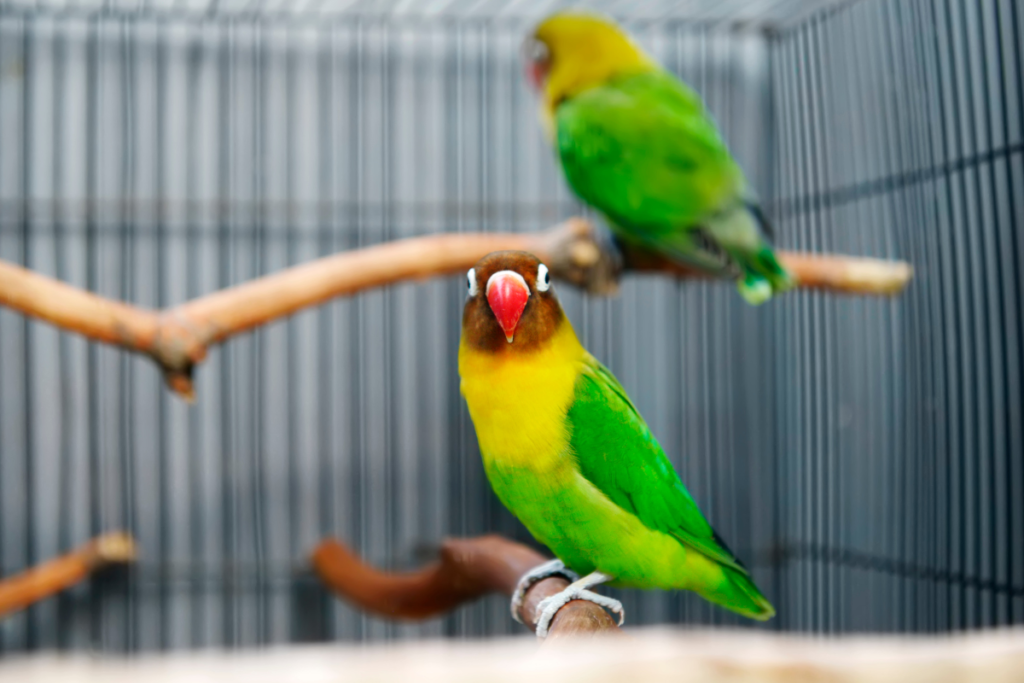
Characteristics:
Size: 5 to 7 inches long
Lifespan: 10-15 years in captivity and 10-12 years in the wild.
Colours: Assorted shades of red, yellow, green and blue
Personality: People-friendly, humorous and active in socialisation
Care Requirements:
Diet: Seed mix blend, fresh vegetables and leafy greens
Housing: An average-sized cage equipped with numerous perches and toys
Exercise: Flying and exploration out of the cage once or more per day.
Conure
The conure, both distributively slender and splendidly colourful, is a delight to the eyes. These birds, which are fun, sociable and active are actually originating species in Central and South America and bred to be helpful as companions. Conures need cages where they can fly and have the ability to play to stay healthy. Provide plenty of toys and perches within their environment to provide additional stimulation (and make it fun).
Cocker spaniel puppies also need a nutritionally healthy diet and socializing every day in order to be in a good state of mind. Because conures can hide illness very well regular check-ups are a must to have any health issue caught at an early stage. Such trips to the vet will ensure that such birds are healthy and well nourished. By avoiding an issue from developing into a serious health condition, early intervention helps in improving and sustaining the overall duration of the conures and the life quality.
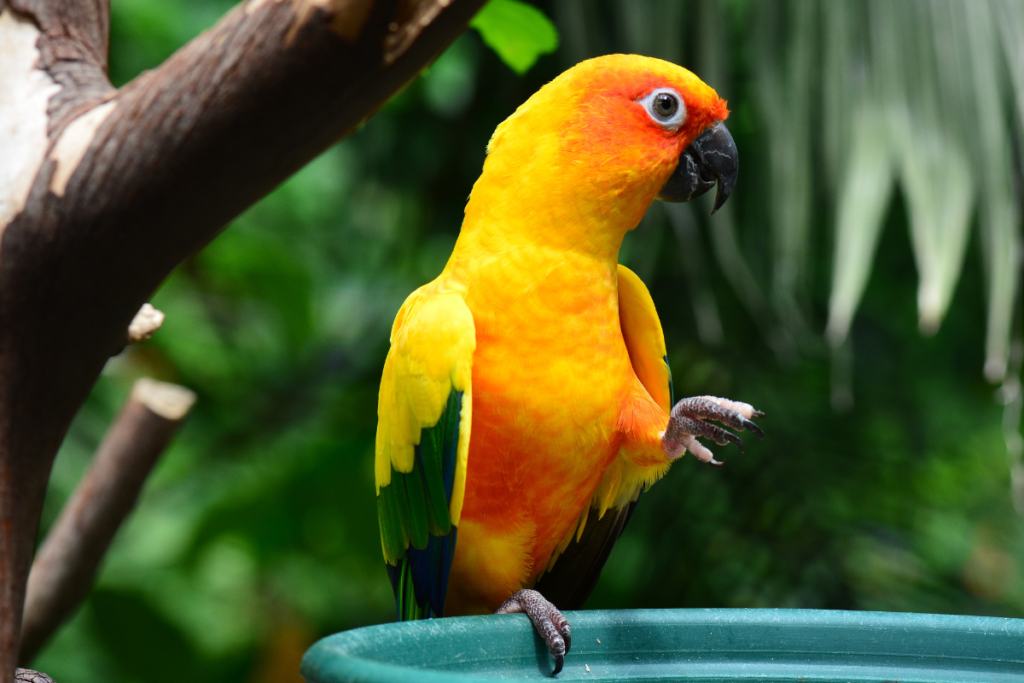
Characteristics:
Size: 10-20 inches; this is a mass range specific to some native species of the United States and a few from the Dominican Republic.
Lifespan: Ranges between 20-30 years
Colours: Bright shades of red, yellow, green and blue
Personality: Outgoing, cheerful and chatty
Care Requirements:
Diet: Includes fresh fruits, vegetables, and seeds
Housing: Sizable cage equipped with wooden toys and perches
Exercise: Flying and unrestricted exploration outside the cage daily.
Canary
These delightful little critters are loved for their looks and their adorable song. A native of the Canary Islands, these birds are quite simple to maintain and are most appropriate for people with singing canaries as pet home pets. Keeping them entertained can be done by providing them with various types of toys and perches to play on. This also encourages them to fly and exercise while allowing them to explore the space they are in without the chance of escape.
Frequent communication by their owners, like speaking to them or whistling, can also boost their human-bonding abilities and social skills. It is important to take these birds to the vet regularly to see how they are doing. It can help to identify health issues too early to ensure problems are can be fixed. Routine assessments also allow an opportunity to consult with an avian specialist regarding nutrition and other management recommendations to help them live a long and healthy life!
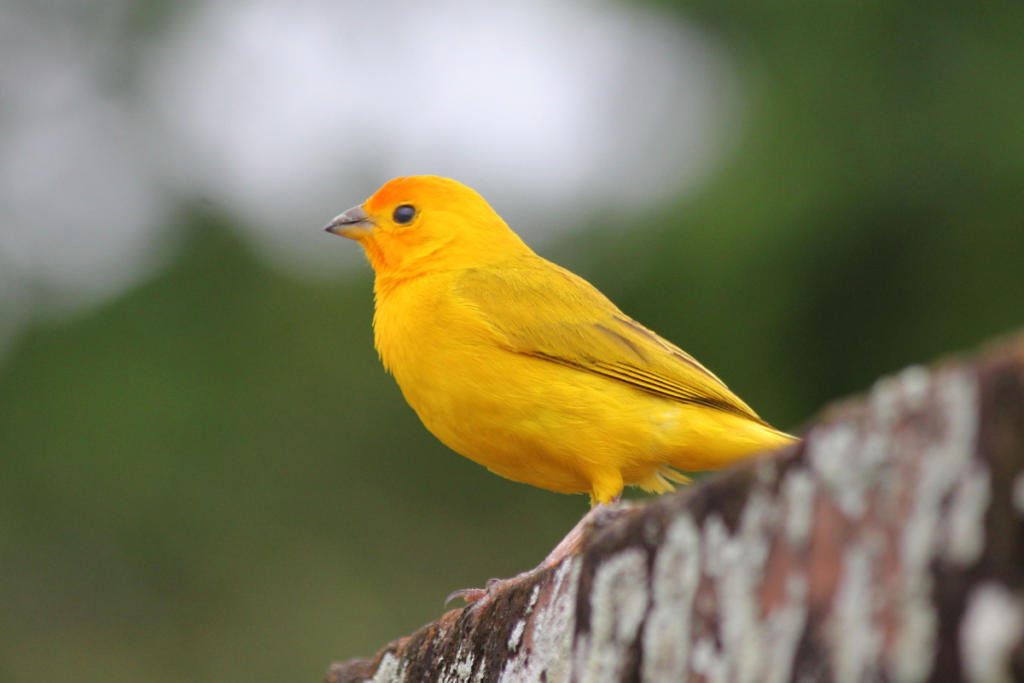
Characteristics:
Size: 4-8 inches
Lifespan: 5-15 years
Colours: Brightly coloured birds including yellow, red and orange
Personality: Gentle, melodious and quite self-sufficient
Care requirements:
Diet: A seed mix, fresh fruits, and vegetables
Housing: A medium-sized cage full of perches
Exercise: Daily out-of-cage time for flying and exploring
Finch
Summary: Finches are little, lively avian that need little upkeep, the owner needs not worry regarding loud appears they are really mild. Finches are located in numerous parts of the globe with its one-of-a-kind color and also type.
Seeds are the main thing that finches eat, and a significant percentage of their diet should consist of this. Besides having the seeds, they also required a diversity of fresh veggies and greens to gain vital vitamins and minerals. You can give them a small cuttlebone inside their cage to supply calcium that they need for health.
Finches are among the most social birds and favor the company of their own kind. They also occasionally play with each other, so they do interact with vocalizations, and this can be fun to watch. Maintaining active finches can also tend to their socializing needs and keep them from feeling lonely.
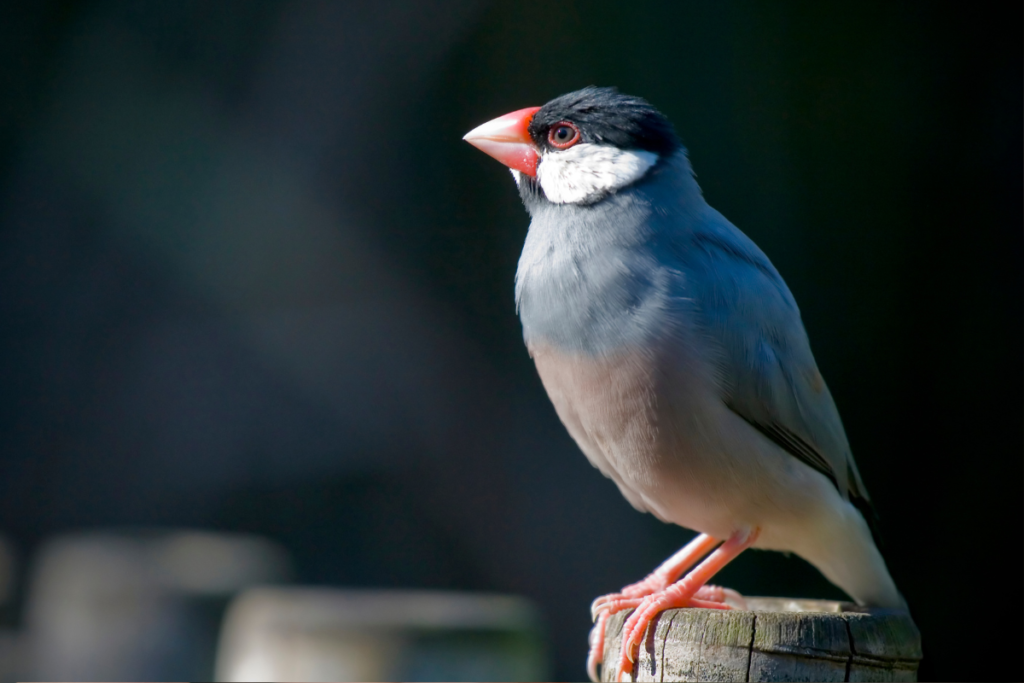
Characteristics:
Size: 3-6 inches
Lifespan: 5-10 years
Colours: A variety of colours as well as patterns, for example, brown, white and black
Personality: Reserved, very social and lively
Care requirements:
Diet: A seed mix, fresh fruits, and vegetables
Housing: A large cage providing multiple platforms and nesting material
Exercise: Ensure they are out of the cage at least once a day for flying and exploring.
Macaw
Macaws are the largest and the most colourful amongst parrot specimens and they possess the most powerful beaks. These Avian are generally a Central American or South American birds and are one of the cleverest and most interactive. The number of macaw species that are threatened or endangered due to habitat loss and illegal pet trade is, sadly, in the first place.
Efforts are being made to conserve their natural habitats and minimize the effects of these threats. Breeding programmes are another area of emphasis for organisations keen to bolster their numbers in the wild. New protected areas and wildlife reserves are being created to help protect critical habitats from logging and invasive human activity.
Educational and awareness campaigns targeting local populations are also implemented to prevent the capture and trade of macaws to be kept as pets. International conservation organisations are also funding and resourcing research and monitoring programs to help secure the future of these spectacular birds.
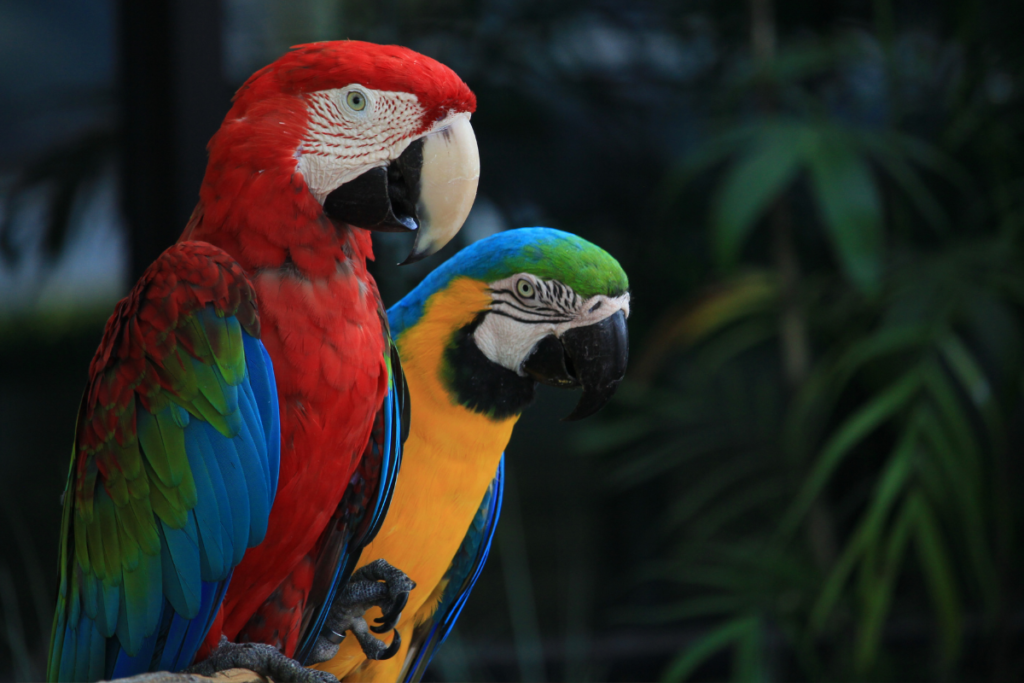
Characteristics:
Size: Between 30 and 40 inches
Lifespan: Between 30 and 50 years
Colours: Many vibrant colours such as blue, green, red and yellow
Personality: Clever, social and talkative
Care Requirements:
Diet: Seed mix, pellets, fresh fruits, and vegetables
Housing: A large cage with plenty of toys and perches
Exercise: Must come out for flying and playing around the house daily
Choosing the Right Bird for You
When choosing your Fowl, don’t forget to take the lifespan of the bird, the care required and your lifestyle into consideration. Many pet birds, especially budgies and canaries, are easy to care for while African Greys and Macaws are demanding and need more care. Each breed is very different, so make sure to find out more about a particular breed so that your relationship with your pet is pleasant.
Conclusion
We keep pet Avian for their beauty and the companionship they provide. Every breed is different and has its own attributes, which makes pet birds very interesting. If you were to ask me, there is no out-of-fashion pet bird, whether it’s budgies, canaries, or African Greys — there’s definitely a perfect one for you! Enjoy bird keeping!
Yuns Legdm is a passionate advocate for pet care and the founder of this website, dedicated to providing valuable information for fellow pet lovers and veterinary professionals worldwide. With a deep love for animals, Yuns created this platform to connect passionate pet owners with expert insights from veterinarians around the globe.
This website grows with you—the passionate pet owners and veterinary experts—creating a trusted space where knowledge, experience, and love for animals come together. Whether you’re seeking advice on pet health, nutrition, or general well-being, this platform is here to support you on your journey of responsible and loving pet care.

